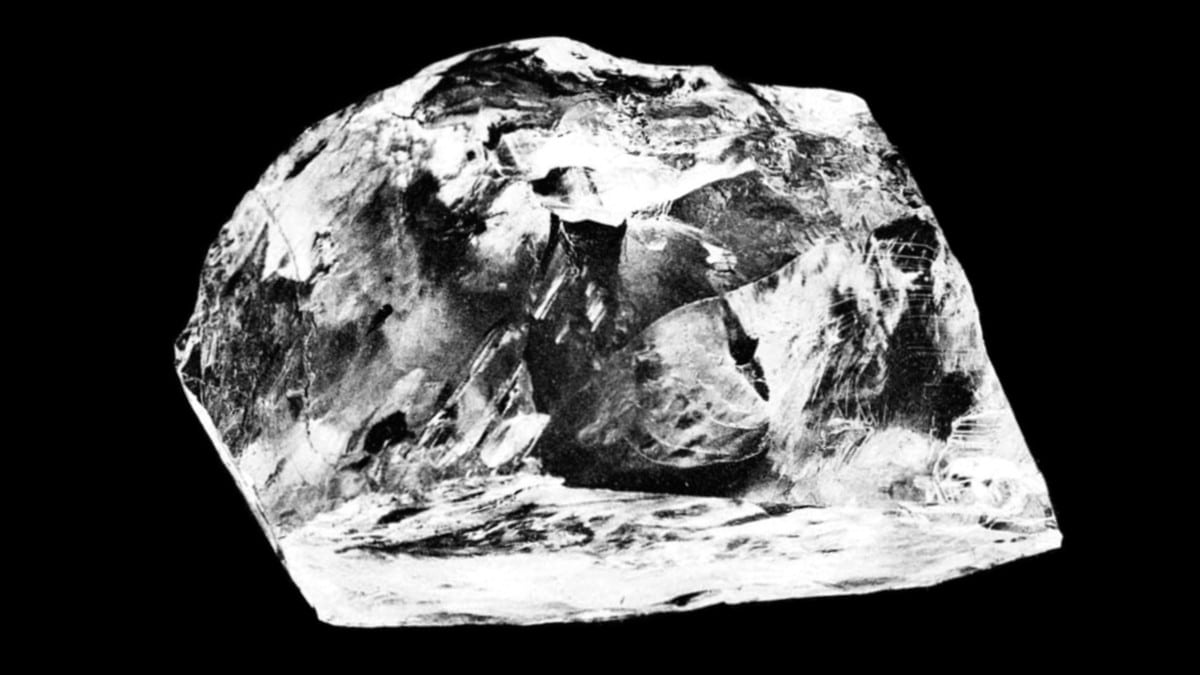This Day, That Year – January 26
Thu 26 Jan 2023
This day in history we feature the Cullinan Diamond. The diamond was discovered at the Premier No.2 mine in Cullinan, South Africa on this day in 1905.
Trivia – Cullinan Diamond
The Cullinan Diamond is the largest gem-quality rough diamond ever found, weighing 3,106.75 carats, was named after Thomas Cullinan, the owner of the mine. In April 1905, it was put on sale in London, but despite considerable interest, it was still unsold after two years. In 1907, the Transvaal Colony government bought the Cullinan and Prime Minister Louis Botha presented it to Edward VII, the British king who ruled over the territory, and it was cut by Joseph Asscher & Co. in Amsterdam.
Related read – Diamond Discovery in Nagaland Village?
Cullinan produced stones of various cuts and sizes, the largest of which is named Cullinan I or the Great Star of Africa, and at 530.4 carats it is the largest clear cut diamond in the world. The stone is mounted in the head of the Sovereign’s Sceptre with Cross. The second-largest is Cullinan II or the Second Star of Africa, weighing 317.4 carats, mounted in the Imperial State Crown. Both are part of the Crown Jewels of the United Kingdom. Seven other major diamonds, weighing a total of 208.29 carats, were privately owned by Elizabeth II, who inherited them from her grandmother, Queen Mary, in 1953. The Queen also owned minor brilliants and a set of unpolished fragments. Shortly after its discovery, Cullinan went on public display at the Standard Bank in Johannesburg, where it was seen by an estimated 8,000–9,000 visitors. In April 1905, the rough gem was deposited with Premier Mining Co.’s London sales agent, S. Neumann & Co. Due to its immense value, detectives were assigned to a steamboat that was rumoured to be carrying the stone, and a parcel was ceremoniously locked in the captain’s safe and guarded on the entire journey. It was a diversionary tactic – the stone on that ship was fake, meant to attract those who would be interested in stealing it. Cullinan was sent to the United Kingdom in a plain box via registered post. On arriving in London, it was conveyed to Buckingham Palace for inspection by King Edward VII. Although it drew considerable interest from potential buyers, Cullinan went unsold for two years.
Source – Wikipedia

 Apr 26 2024
Apr 26 2024













